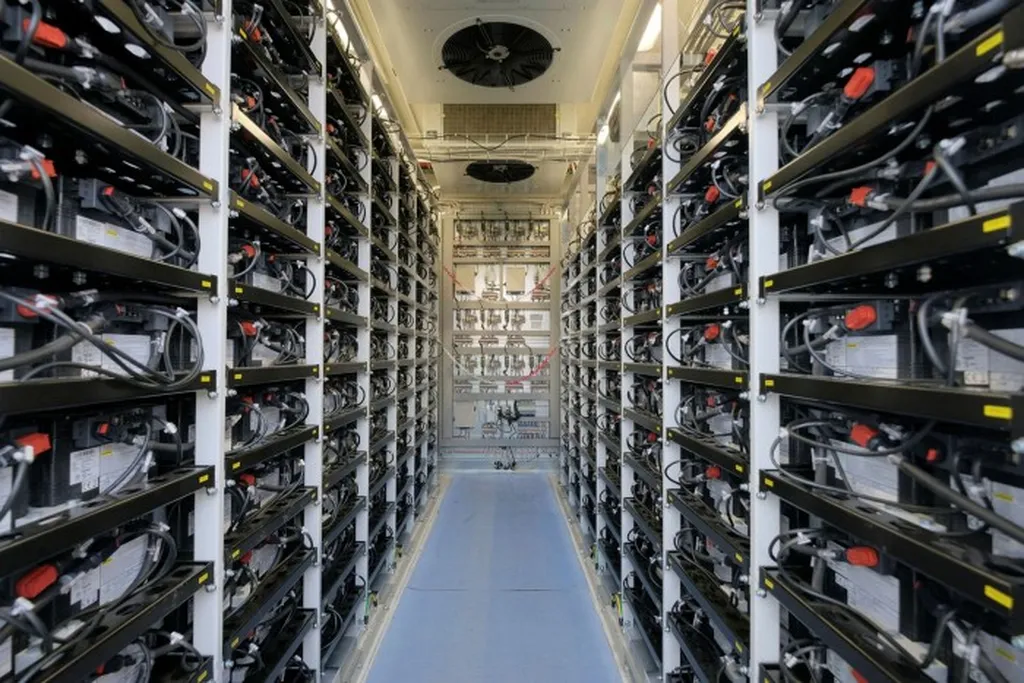In the quest to stabilize the grid amidst the surge of renewable energy, researchers have been exploring innovative energy storage solutions. Among the contenders, Liquid Air Energy Storage (LAES) is emerging as a strong candidate, challenging the dominance of Lithium-Ion Batteries (LiBES) in the energy storage market. A recent study published in IEEE Access, titled “Comparative Analysis of Lithium-Ion Batteries and Liquid Air Energy Storage Systems for Grid Use,” sheds light on the potential of LAES to revolutionize grid-scale energy storage.
The study, led by Matthew Brown from the Discipline of Electrical, Electronic and Computer Engineering at the University of KwaZulu-Natal in Durban, South Africa, compares LAES and LiBES from technical, environmental, and economic perspectives. The findings suggest that LAES could be the key to unlocking the full potential of renewable energy sources.
LAES systems work by storing energy in the form of liquid air, which can be converted back into electricity when needed. This process offers several advantages over LiBES. “LAES provides a direct and robust response to grid fluctuations, thanks to its physical inertia,” Brown explains. This inherent reliability is a significant advantage over LiBES, which relies on software-based control for synthetic inertia.
Moreover, LAES systems boast higher energy densities, typically 5 to 10 times higher than LiBES, and are not constrained by geographical limitations or the uneconomical nature of pressurized tanks. This makes LAES a more flexible and scalable solution for long-term grid-scale energy storage.
The economic implications of this research are substantial. The study found that LAES offers a lower levelized cost of storage (LCOS) than LiBES in scenarios with lower cycling frequencies and higher discount rates. This improved economic performance could make LAES a more attractive option for energy providers looking to invest in long-term energy storage solutions.
The potential impact of this research on the energy sector is significant. As the world transitions from carbon-based generation to renewable energy sources, the need for effective long-term grid-scale energy storage solutions will only grow. LAES, with its high energy density, long lifespan, and geographical flexibility, could be the answer to this challenge.
The commercial implications are equally compelling. Energy providers could see significant cost savings and improved grid stability by adopting LAES systems. This could lead to a more reliable and sustainable energy supply, benefiting both businesses and consumers.
The study, published in IEEE Access (translated to English as ‘IEEE Open Access’), provides a comprehensive comparison of LAES and LiBES, highlighting the advantages of LAES for long-term grid-scale applications. As the energy landscape continues to evolve, LAES could play a pivotal role in shaping the future of energy storage.
The research by Brown and his team opens up new avenues for exploration in the field of energy storage. As we move towards a more sustainable energy future, the insights from this study could guide the development of more efficient and reliable energy storage solutions. The energy sector is on the cusp of a significant shift, and LAES could be the catalyst for this change.

